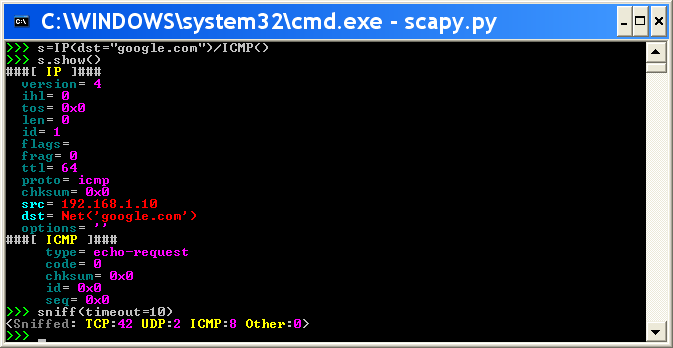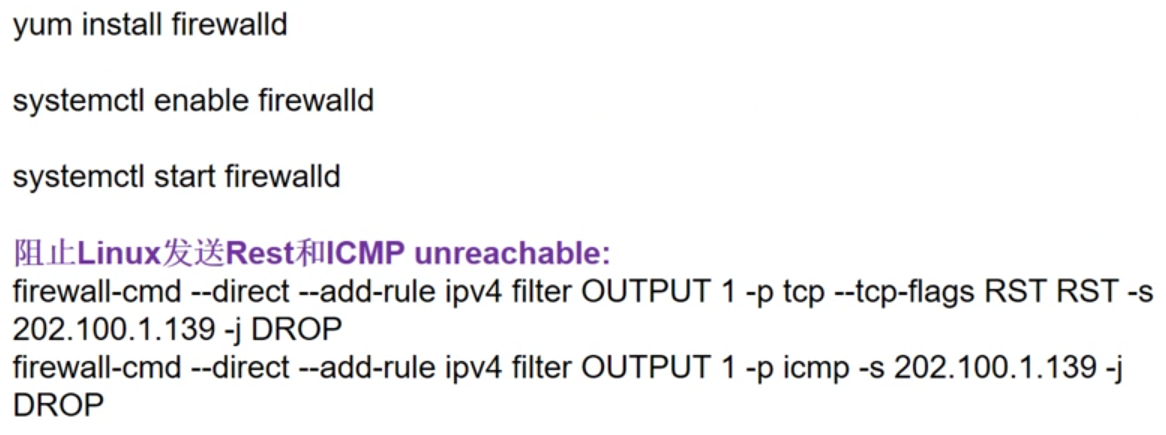

If you wish to scan nearby networks, check this tutorial.Īnd remember, don't copy-paste. See how you can extend this and make it more convenient to replace other scanning tools. Here is a screenshot of my result in my personal network:Īlright, we are done with this tutorial. Get Now: Ethical Hacking with Python EBook # for each response, append ip and mac address to `clients` listĬlients.append(".format(client, client)) Result now is a list of pairs that is of the format (sent_packet, received_packet), let's iterate over them: # a list of clients, we will fill this in the upcoming loop

Now we have created these packets, we need to send them using srp() function which sends and receives packets at layer 2, we set the timeout to 3 so the script won't get stuck: result = srp(packet, timeout=3) Note: In case you are not familiar with the notation "/24" or "/16" after the IP address, it is basically an IP range here, for example, "192.168.1.1/24" is a range from "192.168.1.0" to "192.168.1.255", please read more about CIDR Notation. GET -10% OFF: Build 24 Ethical Hacking Scripts & Tools with Python EBook # ff:ff:ff:ff:ff:ff MAC address indicates broadcasting The ARP response is demonstrated in the following figure: Note that you can change the MAC address of your machine, so keep that in mind while retrieving the MAC addresses, as they may change from one time to another if you're in a public network. The network scanner will send the ARP request indicating who has some specific IP address, let's say "192.168.1.1", the owner of that IP address ( the target ) will automatically respond saying that he is "192.168.1.1", with that response, the MAC address will also be included in the packet, this allows us to successfully retrieve all network users' IP and MAC addresses simultaneously when we send a broadcast packet (sending a packet to all the devices in the network). Second, we gonna need to make an ARP request as shown in the following image: You can also refer to Scapy's official documentation.īack to the point, there are many ways out there to scan computers in a single network, but we are going to use one of the popular ways which is using ARP requests.įirst, we gonna need to import essential methods from scapy: from scapy.all import ARP, Ether, srp I will assume you already have it installed, If it isn't the case, feel free to check these tutorials: RELATED: How to Extract Saved WiFi Passwords in Python.

In this tutorial, you will learn how to build a simple network scanner using Scapy library in Python. It allows the user to map the network to find devices that are connected to the same network. A network scanner is an important element for a network administrator as well as a penetration tester.


 0 kommentar(er)
0 kommentar(er)
